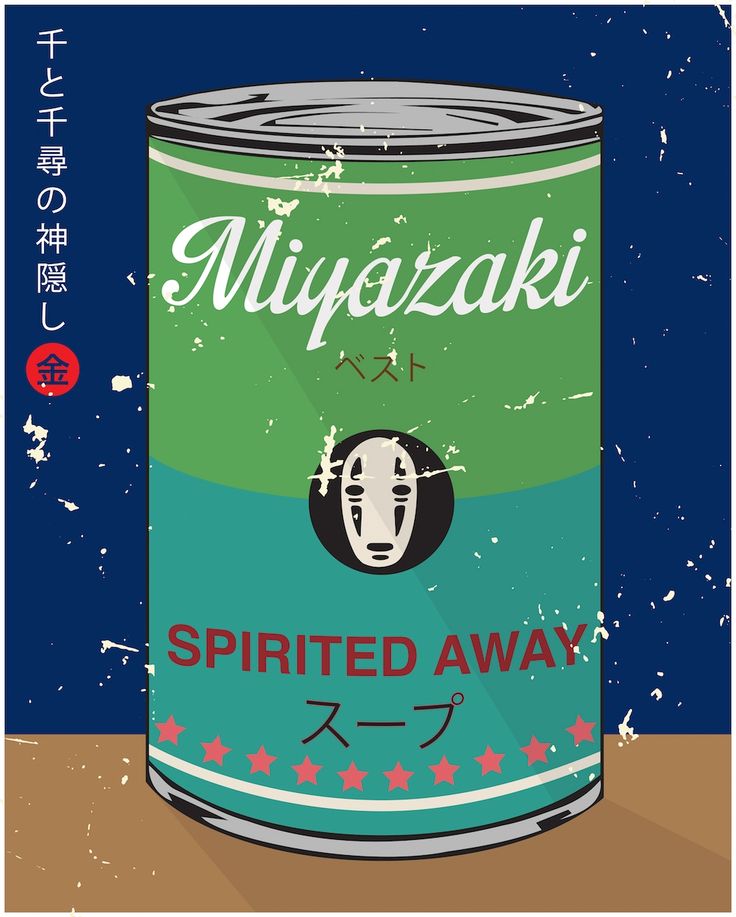We’ve featured the work of many cinema-loving video essayists (myself included) here on Open Culture, none of it more artistic than that of a man who goes by the name of Kogonada. Whether dealing with the films of auteurs like Stanley Kubrick, Andrei Tarkovsky, Alfred Hitchcock, or Wes Anderson, he finds new and striking ways — often free of traditional narration, and sometimes even free of spoken words altogether — to show us how their cinematic visions work, and in so doing to create new cinematic visions of his own. But when, we Kogonada fans have long wondered, would this mysterious fellow make a movie of his own?
The answer arrived at this year’s Sundance Film Festival in the form of Columbus, Kogonada’s feature directorial debut. “Columbus gets its title from the city where it’s set — Columbus, Indiana, home to a remarkable collection of renowned works of modern architecture,” writes the New Yorker’s Richard Brody, one of the many critics to have already lavished praise on the newly released picture.
“Those buildings provide an extraordinary premise for the drama, which is a visionary transformation of a familiar genre: a young adult’s coming-of-age story. For once, that trope doesn’t involve a sexual awakening or a family revelation; it’s the tale of an intellectual blossoming, thanks to a new friendship that arises amid troubled circumstances.”
Those troubled circumstances have to do with the parents of the two main characters: Casey, a recent high-school graduate who’s stayed in town to care for a mother trying to kick a methamphetamine habit, and Jin, a fortysomething translator who’s flown in from his home in Korea (birthplace of both the Midwest-raised Kogonada and the film’s Los Angeles-raised star John Cho) to watch over his father, an architectural theorist plunged into a coma by a stroke. “These parallel lines meet when Casey offers to show the stranger her town,” writes Rolling Stone’s Peter Travers in his review. “ ‘Meth and modernism are really big here,’ she tells Jin, as he becomes increasingly intrigued by this girl who sees the art and the humanity in buildings.”
Soon Jin and Casey take “baby steps toward a relationship, in a manner that recalls Richard Linklater’s Before Sunrise.” That film, and its successors Before Sunset and Before Midnight, figure heavily into Kogonada’s video essay on Linklater, “On Cinema & Time.” Other influences, cited by critics as well as Kogonada himself, include Terence Malick, whose way with the elemental he examined in “Fire & Water,” and Yasujiro Ozu, whose films got him thinking about cinema in the first place. As he put it to Indiewire, he started by thinking he would “try to figure out what it is about his films that initially felt very unimpressive, but kept haunting me,” to understand why Ozu “isn’t easy to just reduce to something — he certainly is not this sort of traditionalist, he’s certainly not a western modernist, he is something else and whatever he was exploring and offering felt so relevant, even today.”
Kogonada’s video essays “Way of Ozu” and “Passageways” reveal not just the Japanese master’s use of architectural spaces, but Kogonada’s interest in such spaces. Columbus brings the depth of that interest to the fore: “The director provokes awareness of the Modernist Columbus by treating it as one of the film’s characters,” writes Architectural Record’s Dante A. Ciampaglia. “It’s both protagonist and nemesis for Casey and Jin as they wander the city, explore its architectural bounty, and find it both reflecting inner struggles and inspiring epiphanies.” As Kogonada himself puts it, “I think that’s the thing that interests me, the relationship between empty spaces and life itself.” May he find many more opportunities to explore it onscreen.
Related Content:
The Perfect Symmetry of Wes Anderson’s Movies
“Auteur in Space”: A Video Essay on How Andrei Tarkovsky’s Solaris Transcends Science Fiction
The Eyes of Hitchcock: A Mesmerizing Video Essay on the Expressive Power of Eyes in Hitchcock’s Films
Cinematic Experiment: What Happens When The Bicycle Thief’s Director and Gone With the Wind’s Producer Edit the Same Film
How Richard Linklater (Slacker, Dazed and Confused, Boyhood) Tells Stories with Time: Six Video Essays
Signature Shots from the Films of Stanley Kubrick: One-Point Perspective
Based in Seoul, Colin Marshall writes and broadcasts on cities and culture. He’s at work on the book The Stateless City: a Walk through 21st-Century Los Angeles, the video series The City in Cinema, the crowdfunded journalism project Where Is the City of the Future?, and the Los Angeles Review of Books’ Korea Blog. Follow him on Twitter at @colinmarshall or on Facebook.












